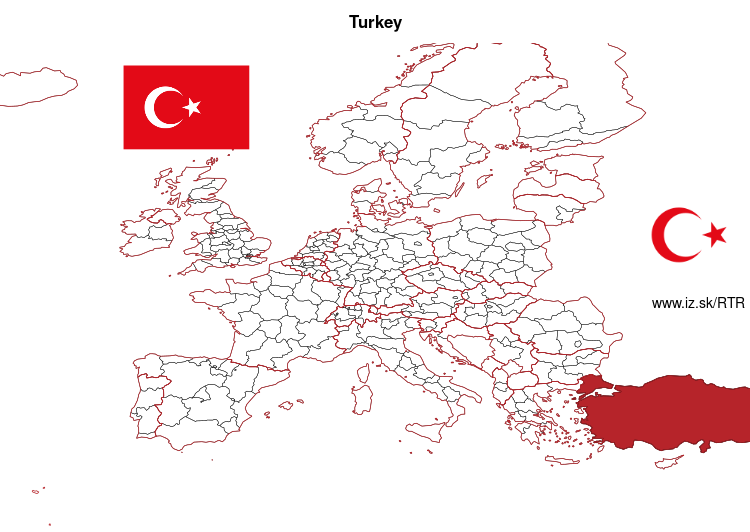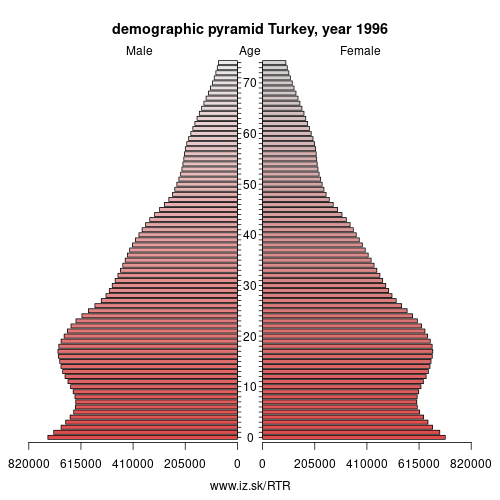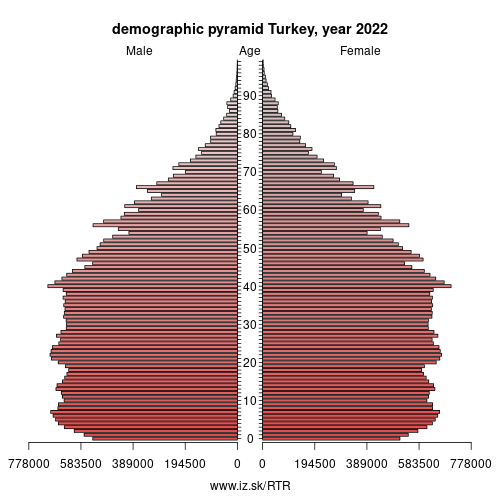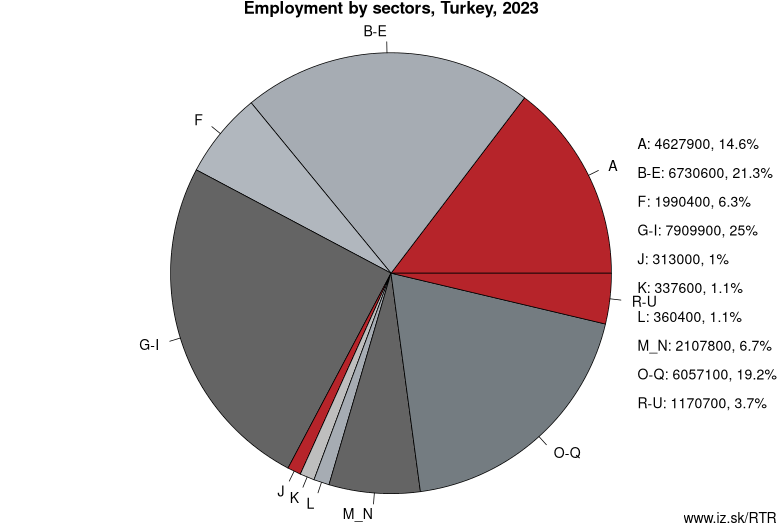- About us»
- Net income calculator»
- Population aging»
-
- Least developed regions»
-
- Material need benefits
- Meal allowance
- Counties of Slovakia
- Average wage and inflation
- Living and Subsistence Minimum
- Unemployment of Czechia and Slovakia
- NACE Classification
-
- Life expectancy
- Gender differences
- Youth unemployment and NEET
- Minimum wage in EU
- Unemployment rates of different age groups
- Share of salaries on GDP
- Employment of mothers of more than 3 children
- Percentage of employees ususally working on Sunday
- NEET
- Percentage of employees ususally working at nights
- Unemployment rate
- Long term unemployment
- Employment rate
-
- Bratislava and surroundings
- Kopanice
- Danube river
- lower Vah river
- middle Vár river
- upper Nitra river
- lower Nitra river
- Mining cities
- Kysuce a Orava
- upper Vah river - Liptov
- Spiš cities
- upper Hron river
- Juhoslovenská kotlina
- Košice fold and Torysa river
- upper Zemplín
- lower Zemplín
- EU regions
- NUTS3 regions of Slovakia
- LAU1 dataset
-
- Projects and activities
- Inclusive growth»
- Good work
- Project SKRS
- Social system – reality and vision
- Library
-
- Education of unemployed
- Young unemployed not taking part in education
- Proposal to change the system of education funding
- News»
- Contact
Turkey – TR

More on wikipedia wikidata Q43 on OpenStreetMap Turkey slovensky: TR
Subregions: Istanbul Region (statistical), West Marmara Region, Aegean Region (statistical), East Marmara Region (statistical), West Anatolia Region (statistical), Mediterranean Region (statistical), Central Anatolia Region (statistical), West Black Sea Region (statistical), East Black Sea Region (statistical), Northeast Anatolia Region (statistical), Central East Anatolia Region (statistical), Southeast Anatolia Region (statistical)
Unemployment
| Indicator | Period | Value |
|---|---|---|
| Unemployment | ||
| unemployment rate | 2020q4 | 13 |
| youth unemployment rate | 2020q4 | 25.1 |
| unemployment rate of low educated people | 2020q4 | 11.7 |
| Long term unemployment | ||
| long term unemployment | 2020 | 3.3 |
| share of long term unemployed | 2020 | 25.3 |
Demographics

| Indicator | Period | Value |
|---|---|---|
| Demographics | ||
| number of inhabitants | 2023 | 8.527955e+07 |
| population density | 2022 | 110.9 |
| old-age dependency ratio | 2023 | 14.5 |
| Population ageing | ||
| unemployment rate – over 55 years | 2020q4 | 7.2 |
| aggregate replacement ratio | 2021 | 1.1 |
| aggregate replacement ratio – females | 2021 | 22.16 |

Employment by sectors, Turkey
| NACE r2 | % | NACE r2 | % | ||
|---|---|---|---|---|---|
| A | 4705.2 | 18 % | B-E | 5497.5 | 21 % |
| F | 1536.3 | 6 % | G-I | 6312.2 | 24 % |
| J | 241.2 | 1 % | K | 314.9 | 1 % |
| L | 291.4 | 1 % | M_N | 1750.8 | 7 % |
| O-Q | 5231.1 | 20 % | R-U | 923.8 | 3 % |
| TOTAL | 26 804 | 100 % |
Data for the period year 2020. Source of the data is Eurostat, table [lfst_r_lfe2en2].

Turkey (Turkish: Türkiye [ˈtyɾcije]), officially the Republic of Turkey (Turkish: Türkiye Cumhuriyeti [ˈtyɾcije dʒumˈhuːɾijeti] (listen)), is a transcontinental country located mainly on the Anatolian peninsula in Western Asia, with a smaller portion on the Balkan peninsula in Southeast Europe. East Thrace, the part of Turkey in Europe, is separated from Anatolia by the Sea of Marmara, the Bosphorous strait and the Dardanelles (collectively called the Turkish Straits). Turkey is bordered by Greece and Bulgaria to its northwest; Georgia to its northeast; Armenia, the Azerbaijani exclave of Nakhchivan and Iran to the east; and Iraq and Syria to the south. Istanbul is the largest city while Ankara is the capital. Approximately 70 to 80 per cent of the country's citizens identify as Turkish. Kurds are the largest minority; the size of the Kurdish population is a subject of dispute with estimates placing the figure at anywhere from 12 to 25 per cent of the population.
At various points in its history, the region has been inhabited by diverse civilizations including the Assyrians, Greeks, Thracians, Phrygians, Urartians, and Armenians. Hellenization started during the era of Alexander the Great and continued into the Byzantine era. The Seljuk Turks began migrating into the area in the 11th century, and their victory over the Byzantines at the Battle of Manzikert in 1071 symbolizes the start and foundation of Turkey. The Seljuk Sultanate of Rûm ruled Anatolia until the Mongol invasion in 1243, when it disintegrated into small Turkish principalities.
Other: Turkey
Subregions: Istanbul Region (statistical), West Marmara Region, Aegean Region (statistical), East Marmara Region (statistical), West Anatolia Region (statistical), Mediterranean Region (statistical), Central Anatolia Region (statistical), West Black Sea Region (statistical), East Black Sea Region (statistical), Northeast Anatolia Region (statistical), Central East Anatolia Region (statistical), Southeast Anatolia Region (statistical)
Suggested citation: Michal Páleník: Europe and its regions in numbers - Turkey – TR, IZ Bratislava, retrieved from: https://www.iz.sk/PTR, ISBN: 978-80-970204-9-1, DOI:10.5281/zenodo.10200164

 Share
Share Facebook
Facebook Twitter
Twitter News
News